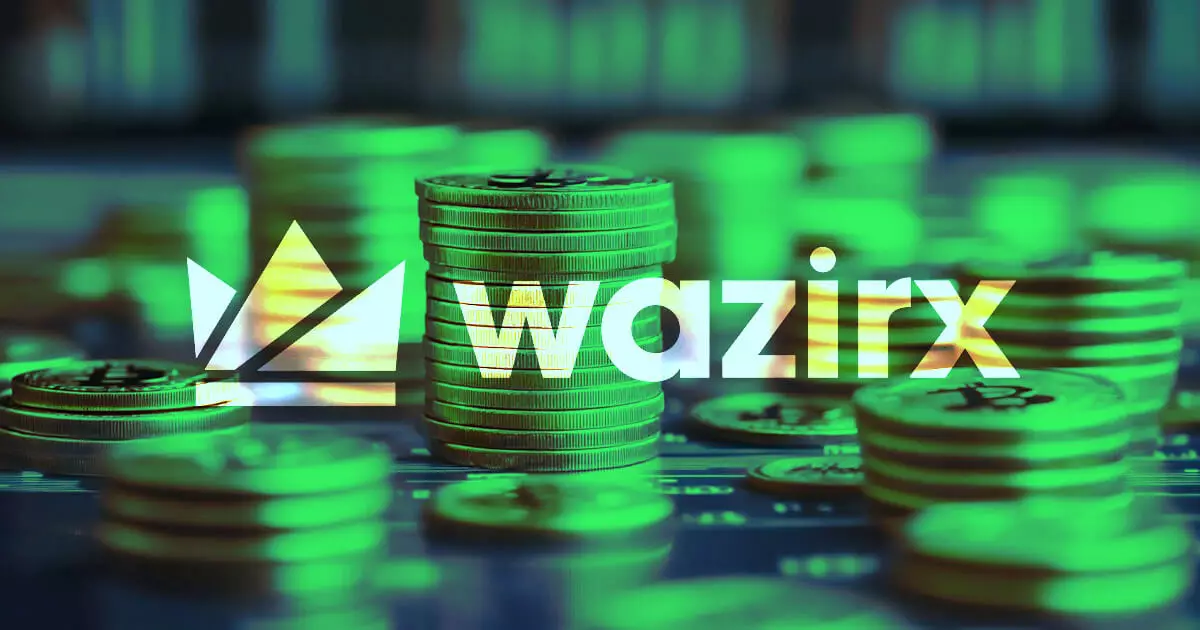WazirX, once hailed as India’s premier cryptocurrency exchange, finds itself in turbulent waters following a catastrophic $234 million security breach. Despite a court extension that allows the company a sliver of hope, it remains ensnared in a web of miscommunication and unresolved disputes. Users are left feeling vulnerable, locked out of their investments for nearly a year, and the exchange’s reputation is falling into disrepair. This situation isn’t just about recovering funds; it’s about rebuilding trust in an industry that seems to lurch from one disaster to another.
The Fragility of Reassurance
WazirX’s recent legal victory allows it to breathe for a moment, granting time to refine its restructuring plan. However, should we view this as a triumph or merely a temporary delay in addressing underlying issues? The court’s willingness to entertain a new approach doesn’t negate the fears swirling around the crypto ecosystem. Many users view the proposal to shift operations to Zensui Corporation in Panama as an ill-conceived strategy to dodge accountability rather than a genuine effort to create a more robust platform. Fundamental questions about transparency linger. If the company is running from its past rather than confronting it, can any restructuring truly salvage its credibility?
Recovery Tokens: Band-Aid or Beacon of Hope?
In an attempt to placate outraged customers, WazirX has introduced the concept of recovery tokens—essentially IOUs tied to unrecovered balances. These tokens are not backed by any solid guarantees, leaving many to wonder if they represent a genuine avenue for recovery or just another hollow promise. The notion that users could receive only 75% to 80% of their losses, conditioned on future market performance, raises ethical concerns. Should individuals who have already suffered a substantial loss be subjected to further uncertainty and speculation in their recovery?
While over 93% of creditors voted in favor of the plan, the skepticism surrounding these recovery tokens lingers. Users have every right to question the effectiveness of such a proposal. Are we merely hoping for a better market climate to save WazirX and its disgruntled users, or is this just an exercise in futility?
A Cloud of Legal Uncertainty
Unfortunately for WazirX, the path to redemption is fraught with legal obstacles. The recent hesitance of the Singapore High Court to approve the restructuring plan, citing issues of transparency and governance, should serve as a wake-up call. If the court perceives significant flaws, the ramifications could be catastrophic. Legal experts warn that a court-ordered liquidation is not just a possibility but a dire likelihood if WazirX fails to comply with judicial expectations.
Should this transpire, the aftermath could lead to years of legal entanglement, resulting in diminished recoveries for creditors and users alike. Instead of swift resolution, we’re faced with the grim reality that some users could wait until 2030 to see any semblance of restitution. This delay is unacceptable in a fast-paced digital world, where trust is paramount.
Trust: The Currency of the Future
As the cryptocurrency market endures continuous scrutiny following established crises like those involving FTX and Zipmex, the WazirX debacle is representative of the industry’s inherent volatility. Trust is an intangible currency that once flowed freely in the crypto space, but is now under siege. The exchange’s leadership faces an uphill battle to restore faith among users—they need not only to get their account access restored but also to ensure real, reliable governance reforms that provide lasting security.
The stakes couldn’t be higher, for the future of WazirX hangs in the balance—a thin line between recovery and collapse. If they cannot convince both the court and their disenchanted user base that they can offer a stable, secure platform, their fall from grace could be irreversible. As we watch this situation unfold, the urgency for ethically led, responsible practices in the crypto industry has never been more critical.


Leave a Reply